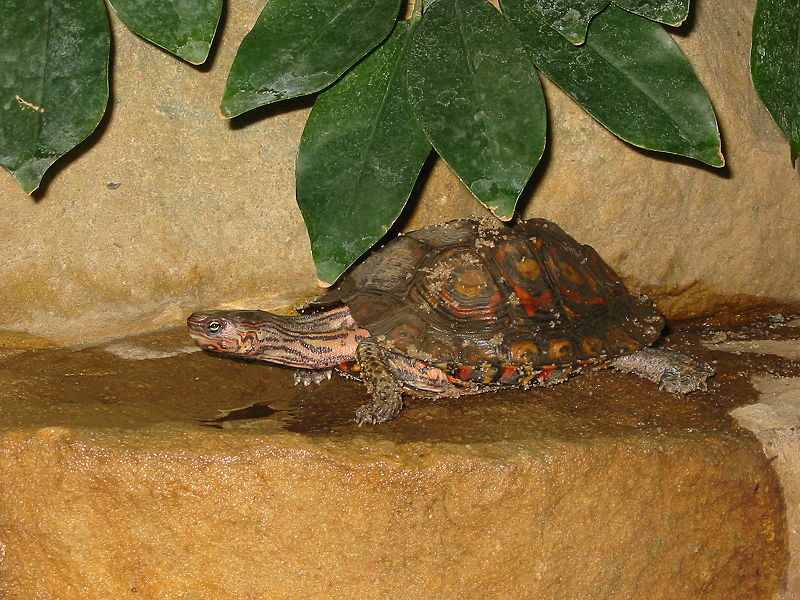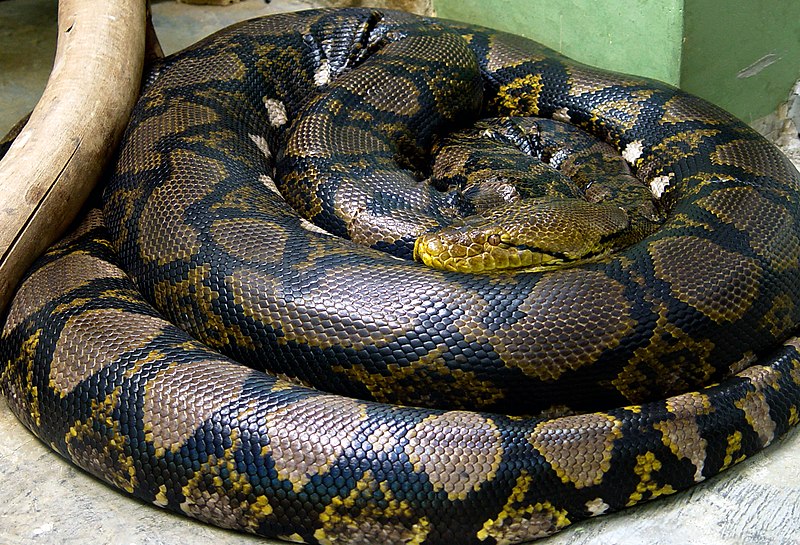 Frogs are well-known for their amazing survival strategies. From behemoths that swallow entire clutches of cobras (please see article below) to tadpoles that develop within their parents’ vocal sacs, frog facts are truly stranger than fiction. Recently, it was discovered that the tadpoles of India’s Brown Leaping Frog, Indirana semipalmata, are unique in both habitat choice and diet (please see photos of this frog and its tadpole).
Frogs are well-known for their amazing survival strategies. From behemoths that swallow entire clutches of cobras (please see article below) to tadpoles that develop within their parents’ vocal sacs, frog facts are truly stranger than fiction. Recently, it was discovered that the tadpoles of India’s Brown Leaping Frog, Indirana semipalmata, are unique in both habitat choice and diet (please see photos of this frog and its tadpole).
A Unique Tadpole Habitat
Biologists at the Agumbe Rainforest Research Station inKarnataka,Indiawere amazed to discover several clutches of Brown Leaping Frog eggs adhering to tree bark. While other frogs are known to lay eggs on land, in such cases the tadpoles are carried by rain or their parents to water to complete their development; Smoky Jungle Frog and certain other tadpoles develop within a moisture-retaining nest. Read More »
 That Reptile Blog – Reptile, Amphibian and Exotic Pet Care and Information
That Reptile Blog – Reptile, Amphibian and Exotic Pet Care and Information



